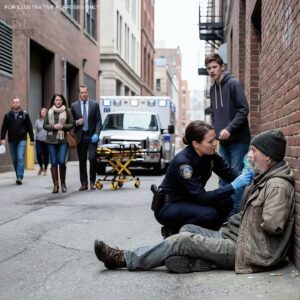During a 2024 campaign rally in Butler, Pennsylvania, Donald Trump was shot in the upper right ear by 20-year-old Thomas Matthew Crook, an engineering student who fired eight rounds from a rooftop. Trump survived the assassination attempt, though one supporter, Corey Comperatore, was killed, and two others were critically injured. The shooter was killed by Secret Service agents on the scene. Trump credited a quick turn of his head toward an immigration chart for possibly saving his life.
In the aftermath, Trump appeared publicly with a bandaged ear, drawing support and concern from his followers. However, a recent White House photo showing his ear without visible injury sparked fresh conspiracy theories online. Some users speculated the attack was staged, while others joked about “miraculous healing.”
Despite the rumors, officials confirmed the injury was real. Former White House physician Ronny Jackson detailed a 2 cm gunshot wound that healed well without stitches. Trump has acknowledged ongoing pain but remains publicly active, recognizing the constant risks tied to his high-profile position.
While the internet continues to circulate theories, the incident remains a sobering reminder of the dangers faced by public figures—and the speed at which truth and speculation now collide in the digital age.





